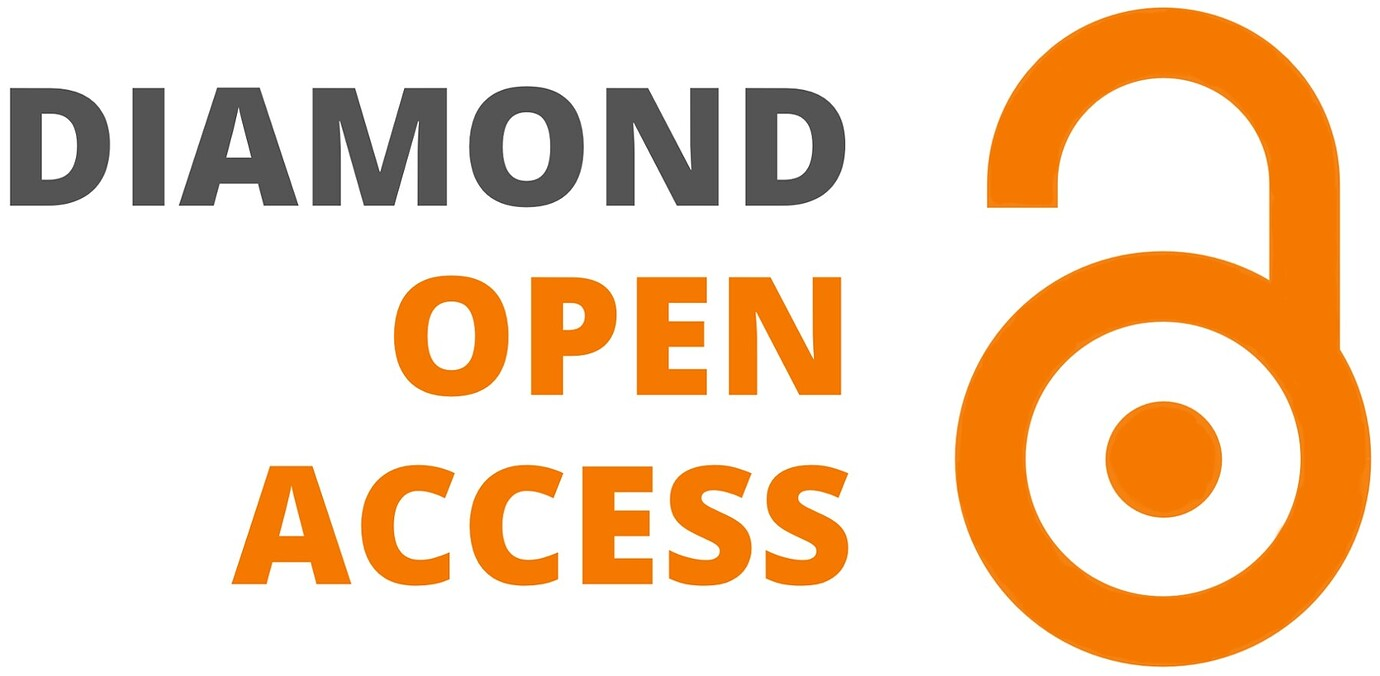Study of the effectiveness of speech comprehension training in noise for adults with hearing aids and/or cochlear implants.
DOI:
https://doi.org/10.61989/crcj9e56Keywords:
cochlear implant, hearing aid, auditory training, noise, pre-test, post-test, group effectivenessAbstract
Background. Although there are few studies on the subject, rehabilitation in noise is essential, as quiet exercises are no longer sufficient to meet the needs of patients with hearing aids and/or cochlear implants. Understanding speech in noise is an essential skill for everyday communication. It is the number-one complaint of deaf people with hearing aids and/or cochlear implants, as it impacts on their interactions and quality of life.
Objective. To evaluate whether auditory training in noise improves speech comprehension in these difficult listening situations.
Method. An experimental group of nine deaf adults with hearing aids and/or implants received six sessions of auditory training. A pre-test and a post-test assessed word perception in noise and within songs, spatial localization, dichotic listening skills and how the person felt in everyday noise. These same variables were measured in a group of seven hearing-impaired and/or implanted adults (deaf control group) who were not trained, and in ten normal-hearing adults (normal-hearing control group).
Results. Statistical analyses showed no statistically significant effects of training on variables measured after auditory training, but all participants had higher post-test scores on at least two tasks and reported beneficial qualitative elements.
Conclusion. These sessions enabled them to share their experience of deafness with other people facing the same difficulties, to gain self-confidence and to situate their level of speech comprehension in noise in relation to the tasks proposed and the results of the other participants.
References
Alzaher, M., Vannson, N., Déguine, O., Marx, M., Barone, P., & Strelnikov, K. (2021). Brain plasticity and hearing disorders. Revue Neurologique, 177(9), 11211132. https://doi.org/10.1016/j.neurol.2021.09.004
Ambert-Dahan, E. (2020). Cognition et attention. Dans S. Borel & J. Leybaert (dir.), Surdités de l’enfant et de l’adulte. Bilans et interventions orthophoniques. (p. 247 252). De Boeck. https://www.cairn-sciences.info/surdites-de-l-enfant-et-de-l-adulte--9782807323216.htm
Azéma, B., & Renard, C. (2008). Impact de la perte auditive sur la perception de la parole. Altérations qualitatives : acuité fréquentielle et temporelle. Dans X. Renard (dir.), Précis d’audioprothèse. Production phonétique acoustique et perception de la parole (p. 379-387). https://doi.org/10.1016/b978-2-294-06342-8.50011-2
Badariya, M., Swathi, C. S., & Shameer, S. (2023). Estimation of efferent inhibition and speech in noise perception on vocal musicians and music sleepers: A comparative study. Journal of Otology, 18(2), 91-96. https://doi.org/10.1016/j.joto.2023.02.001
Bieber, R. E., & Gordon-Salant, S. (2021). Improving older adults’understanding of challenging speech: Auditory training, rapid adaptation and perceptual learning. Hearing Research, 402, 108054. https://doi.org/10.1016/j.heares.2020.108054
Brisson, V. & Tremblay, P. (2023, 2 février). La perception de la parole : une faculté complexe. Speechneurolab Blogue. https://speechneurolab.ca/la-perception-de-la-parole-une-faculte-complexe/
Bronkhorst, A. W. (2015). The cocktail-party problem revisited: Early processing and selection of multi-talker speech. Attention, Perception, & Psychophysics, 77(5), 1465-1487. https://doi.org/10.3758/s13414-015-0882-9
Bugannim, Y., Roth, D., Zechoval, D., & Kishon-Rabin, L. (2019). Training of speech perception in noise in pre-lingual hearing impaired adults with cochlear implants compared with normal hearing adults. Otology & Neurotology, 40(3), e316-e325. https://doi.org/10.1097/mao.0000000000002128
Cambridge, G., Taylor, T. A. H., Arnott, W. L., & Wilson, W. J. (2022). Auditory training for adults with cochlear implants: A systematic review. International Journal of Audiology, 61(11), 896904. https://doi.org/10.1080/14992027.2021.2014075
Carlyon, R. P., & Goehring, T. (2021). Cochlear implant research and development in the twenty-first century: A critical update. Journal of the Association for Research in Otolaryngology, 22(5), 481-508. https://doi.org/10.1007/s10162-021-00811-5
D’Alessandro, H. D., Boyle, P. J., Portanova, G., & Mancini, P. (2021). Music perception and speech intelligibility in noise performance by Italian-speaking cochlear implant users. European Archives of Oto-Rhino-Laryngology, 279(8), 38213829. https://doi.org/10.1007/s00405-021-07103-x
Davis, M. H., & Johnsrude, I. S. (2007). Hearing speech sounds: Top-down influences on the interface between audition and speech perception. Hearing Research, 229(12),132-147. https://doi.org/10.1016/j.heares.2007.01.014
Ernst, E. (2020). Écoute complexe : bruit, localisation spatiale, interlocuteurs multiples. Dans S. Borel & J. Leybaert (dir.), Surdités de l’enfant et de l’adulte. Bilans et interventions orthophoniques. (p. 283-291). De Boeck. https://www.cairn-sciences.info/surdites-de-l-enfant-et-de-l-adulte--9782807323216.htm
Gallego, S., Colin, D., & Truy, E. (2015). Plasticité cérébrale et réhabilitation auditive de la presbyacousie. ORL Autrement, 1, 19-22.https://www.researchgate.net/publication/272644796_Plasticite_cerebrale_et_rehabilitation_auditive_de_la_presbyacousie
Gao, X., Yan, T., Huang, T., Li, X., & Zhang, Y.-X. (2020). Speech in noise perception improved by training fine auditory discrimination: Far and applicable transfer of perceptual learning. Scientific Reports, 10(1), 19320. https://doi.org/10.1038/s41598-020-76295-9
Glick, H. A., & Sharma, A. (2020). Cortical neuroplasticity and cognitive function in early-stage, mild-moderate hearing loss: Evidence of neurocognitive benefit from hearing aid use. Frontiers In Neuroscience, 14. https://doi.org/10.3389/fnins.2020.00093
Green, T., Faulkner, A., & Rosen, S. (2019). Computer-based connected-text training of speech-in-noise perception for cochlear implant users. Trends in Hearing, 23. https://doi.org/10.1177/2331216519843878
Hennessy, S., Mack, W. J., & Habibi, A. (2022). Speech-in-noise perception in musicians and non-musicians: A multi-level meta-analysis. Hearing Research, 416, 108442. https://doi.org/10.1016/j.heares.2022.108442
Kollmeier, B., Brand, T., & Meyer, B. T. (2008). Perception of speech and sound. Dans J. Benesty, M. M. Sondhi, & Y. Arden Huang (dir.), Springer handbook of speech processing, (p. 61-82). https://doi.org/10.1007/978-3-540-49127-9_4
Kressner, A. A., May, T., & Dau, T. (2019). Effect of noise reduction gain errors on simulated cochlear implant speech intelligibility. Trends in Hearing, 23. https://doi.org/10.1177/2331216519825930
Layer, N., Abdel-Latif, K. H. A., Radecke, J.-O., Müller, V., Weglage, A., Lang-Roth, R., Walger, M., & Sandmann, P. (2023). Effects of noise and noise reduction on audiovisual speech perception in cochlear implant users: An ERP study. Clinical Neurophysiology, 154, 141 156. https://doi.org/10.1016/j.clinph.2023.07.009
Li, M. M., Moberly, A. C., & Tamati, T. N. (2022). Factors affecting talker discrimination ability in adult cochlear implant users. Journal of Communication Disorders, 99, 106255. https://doi.org/10.1016/j.jcomdis.2022.106255
Lotfi, Y., Samadi-Qaleh-Juqy, Z., Moosavi, A., Sadjedi, H., & Bakhshi, E. (2020). The effects of spatial auditory training on speech perception in noise in the elderly. Crescent Journal of Medical and Biological Sciences, 7(1), 40-46.
Magits, S., Boon, E., De Meyere, L., Dierckx, A., Vermaete, E., Francart, T., Verhaert, N., Wouters, J., & van Wieringen, A. (2022). Comparing the outcomes of a personalized versus nonpersonalized home-based auditory training program for cochlear implant users. Ear And Hearing, 44(3), 477-493. https://doi.org/10.1097/aud.0000000000001295
Maillard, E., Joyal, M., Murray, M. M., & Tremblay, P. (2023). Are musical activities associated with enhanced speech perception in noise in adults? A systematic review and meta-analysis. Current Research in Neurobiology, 4, 100083. https://doi.org/10.1016/j.crneur.2023.100083
Park, S., Park, K. H., & Han, W. (2024). The effects of music-based auditory training on hearing-impaired older adults with mild cognitive impairment. Clinical And Experimental Otorhinolaryngology, 17(1), 26-36. https://doi.org/10.21053/ceo.2023.00815
Pesnot Lerousseau, J., Hidalgo, C., & Schön, D. (2020). Musical training for auditory rehabilitation in hearing loss. Journal of Clinical Medicine, 9(4), 1058. https://doi.org/10.3390/jcm9041058
Prat Dit Hauret, S., Mouton, L., & Borel, S. (2022). Revue systématique sur l’efficacité de la rééducation auprès des adultes présentant une surdité acquise. Glossa, 133, 78-105. https://www.glossa.fr/index.php/glossa/article/view/1375/1509
Rennies, J., Best, V., Roverud, E., & Kidd Jr., G. (2019). Energetic and informational components of speech-on-speech masking in binaural speech intelligibility and perceived listening effort. Trends in Hearing, 23. https://doi.org/10.1177/2331216519854597
Shukor, N. F. A., Lee, J. H., Seo, Y. J., & Han, W. (2021). Efficacy of music training in hearing aid and cochlear implant users: A systematic review and meta-analysis. Clinical And Experimental Otorhinolaryngology, 14(1), 15-28. https://doi.org/10.21053/ceo.2020.00101
Torppa, R., & Huotilainen, M. (2019). Why and how music can be used to rehabilitate and develop speech and language skills in hearing-impaired children. Hearing Research, 380, 108-122. https://doi.org/10.1016/j.heares.2019.06.003
Young, A., Fechtner, L., Kim, C., Nayak, N., Kellermeyer, B., Ortega, C., Rende, S., Rosenberg, S. I., & Wazen, J. J. (2024). Long-term cognition and speech recognition outcomes after cochlear implantation in the elderly. American Journal of Otolaryngology, 45(1), 104071. https://doi.org/10.1016/j.amjoto.2023.104071
Zendel, B. R., West, G. L., Belleville, S., & Peretz, I. (2019). Musical training improves the ability to understand speech-in-noise in older adults. Neurobiology of Aging, 81, 102115. https://doi.org/10.1016/j.neurobiolaging.2019.05.015
Zhang, X., Li, J., Li, Z., Hong, B., Diao, T., Ma, X., Nolte, G., Engel, A. K., & Zhang, D. (2023). Leading and following: Noise differently affects semantic and acoustic processing during naturalistic speech comprehension. NeuroImage, 282, 120404. https://doi.org/10.1016/j.neuroimage.2023.120404
Downloads
Published
Issue
Section
Categories
License
Copyright (c) 2025 Agathe Décultot, Françoise Estienne, Justine Wathour

This work is licensed under a Creative Commons Attribution 4.0 International License.




